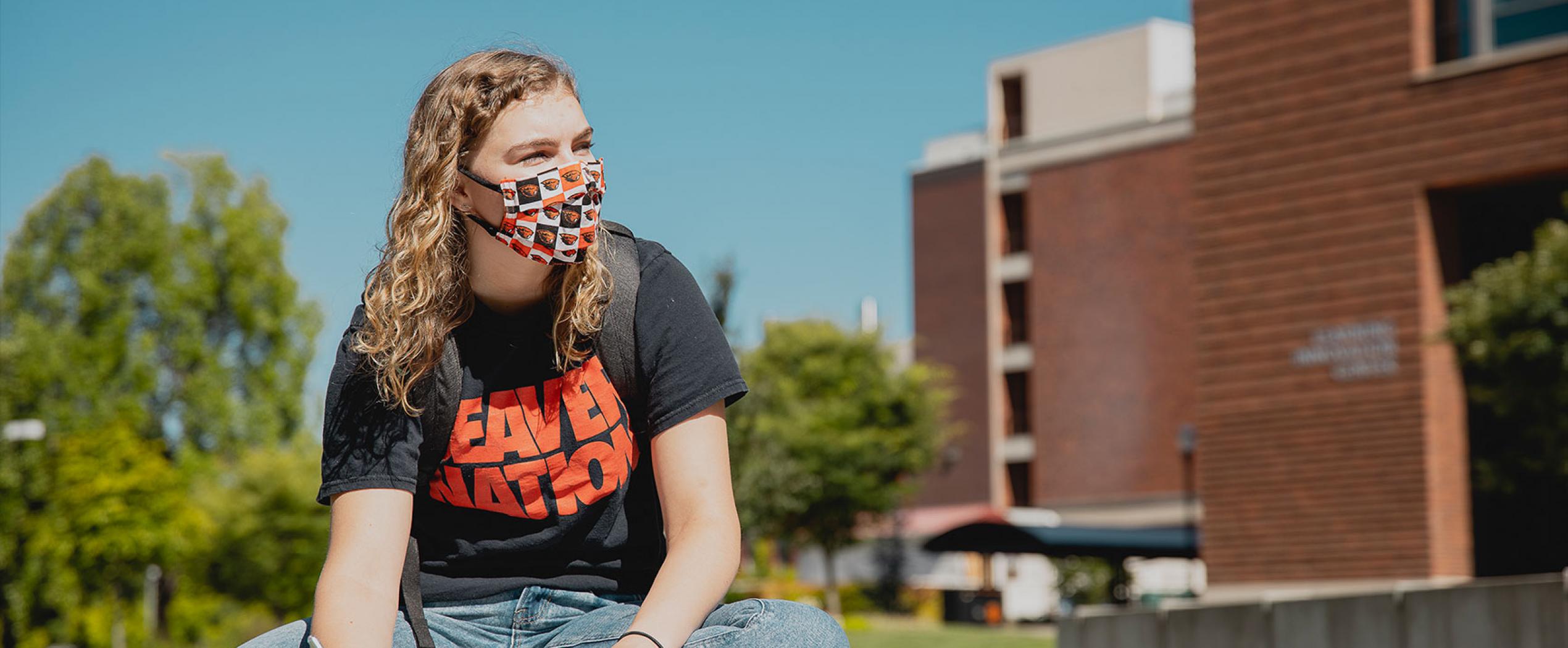Switch to: Español
TRACE OSU

TRACE-OSU held its last OSU-wide testing the week of June 7, 2021 (finals week). TRACE-OSU ends completely on June 30, 2021. The successor to TRACE-OSU, CTP (COVID Testing Program), will begin in the summer, under Dan Larson’s leadership. TRACE (the larger organization) will continue via TRACE-Community and TRACE-Center.
Help protect yourself, your classmates and your community by enrolling in the TRACE-COVID-19 project.
TRACE-COVID-19 is testing as many as 1,000 students, staff and faculty per week at campuses in Corvallis and Bend and at the Hatfield Marine Science Center in Newport. Results will inform OSU’s planning and resumption of onsite activities and enable the university to track and respond to changes in prevalence rates and number of infections.
Testing is voluntary and will be done weekly in Corvallis and every other week in Bend and Newport.
OSU prevalence testing
If you are a current OSU faculty, staff or student, you may enroll. Widespread participation is important to ensure that the testing is as representative of the whole population as possible.
Each week in winter term, TRACE staff will invite members of the OSU community who have enrolled in the program to participate. Participants will be selected randomly using university identification numbers (ONID). Invitations to be tested will be sent by email. Recipients will be asked to bring their unique QR code with them to the testing site that is most convenient to them. You may print out your QR code or bring it on a smartphone.
Tests are quick and painless
Sample collection consists of the use of a quick, painless nasal swab and takes less than five minutes. Results will be shared through a secure email to each participant.
Wastewater analysis
In addition to direct personal testing, TRACE is analyzing wastewater samples collected from nine locations on the Corvallis campus. Wastewater analysis also will occur at OSU-Cascades and HMSC. By looking for genetic markers of the virus within the wastewater, researchers can determine if the virus is present in OSU facilities in the part of the campus being sampled.
Wastewater sampling does not identify specific individuals or numbers of infected people, but combined with personal TRACE testing, it presents a powerful way to estimate virus prevalence in the community. It can identify hotspots and detect the virus regardless of participation rates or the presence of symptoms. OSU will use the results to inform its own decisions about university operations and health measures.